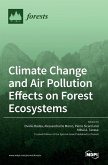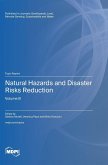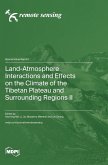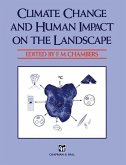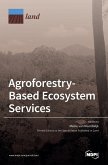In recent decades, the increasing frequency of natural hazards has impacted forest ecosystems and their surroundings. It is because of climate change that the dynamics of the ecosystem structure, feedbacks, and relationships are changing. These structural changes are too complicated and complex to be entirely, or at least satisfactorily, explained. However, it is possible to explain at least some of these interconnections. Water is the primary transport medium for energy and material fluxes in ecosystems, and, therefore, it is a common denominator of the complex interconnections between their partial components.Consequently, we paid attention to water as the primary agent driving the impact of natural hazards in forest ecosystems and their surroundings. Water scarcity causes drought, and its surplus causes flood, respectively. Additionally, it is also necessary to understand temporal distribution patterns of water in a warmer climate and ecophysiological consequences in forest structures. Thus, we decided to prepare a book in which contributors of the articles tried to explain some water-related examples of natural hazard impacts on the forest and the surrounding ecosystem.


